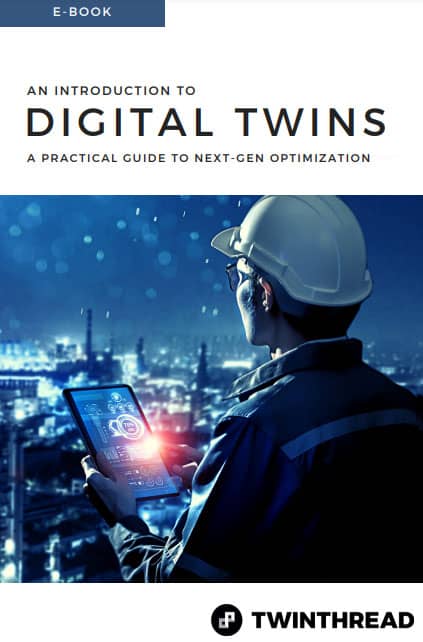The promise of IIoT solutions is being preached from the rooftop all over the world. Most of these claims talk in grand terms about how just X% improvement in efficiency or productivity will yield tremendous savings, as well as less tangible benefits such as dramatically reduced greenhouse gas emissions, for example. One thing that all these claims have in common is a reliance on looking at the opportunity at a massive scale. The general theory being that scale is required in order to gain the insight needed to drive these productivity improvements, and also it is necessary to also roll out the eventual solution at a massive scale to achieve the benefits that are being promised.
But while there is a lot of talk about the data, and the promised potential of the solutions to come, very little attention is being focused on what arguably is the most important part of the equation. Scaling out the solution.
Watch most presentations today about IIoT and you will see a lot of attention focused on identifying when an asset is performing sub-optimally. The Wisdom of the Fleet is leveraged to identify how an asset should be performing, and identifying when that asset is not performing as expected. But once a problem asset has been identified, the story quickly changes to a more classical asset focused workflow where operations or engineers dig into the details of a particular asset, and the specific situation that asset is facing.
It is in fact, at this very point, where the true potential of the IIoT, and the wealth of data that it provides, becomes the most significant. Rather than an asset focused troubleshooting process, we can now begin to tap the Wisdom of the Fleet for potential solutions. Has this issue ever happened anywhere else before? (I bet it has). What was done on previous assets when this situation occurred? And perhaps most importantly, in the past, when this situation occurred, which corrective action resulted in the best final outcome?
By leveraging the wisdom of the fleet, not only were we able to identify problems, and potential solutions more quickly, but we were also able to filter through possible solutions in order to select ones with the greatest probability of success.
But this too is only just the beginning. If this problem has occurred on this asset, what are the chances it has occurred on others as well? And even more importantly, what are the chances it will occur on other assets in our fleet? Once again, using the wisdom of the fleet, we are able to quickly identify all the assets, on a global basis, where similar problems may occur and, where appropriate, implement logic to proactively prevent that problem from occurring. All of this can be done in a systematic, workflow driven process at the scale of your entire fleet.
Only by moving from fleet wide problem identification to fleet wide problem resolution, will we unleash the true potential of the Industrial IoT. But doing so means a new way of working. One that systematically guides you to the problems resolution and then allows you to automatically scale that solution out to your entire fleet. Curious to learn more? Get started today.

February 13, 2020

